Discover the differences between arrachera and carne asada, two beloved cuts of beef in Mexican cuisine, and learn how to cook them to perfection.
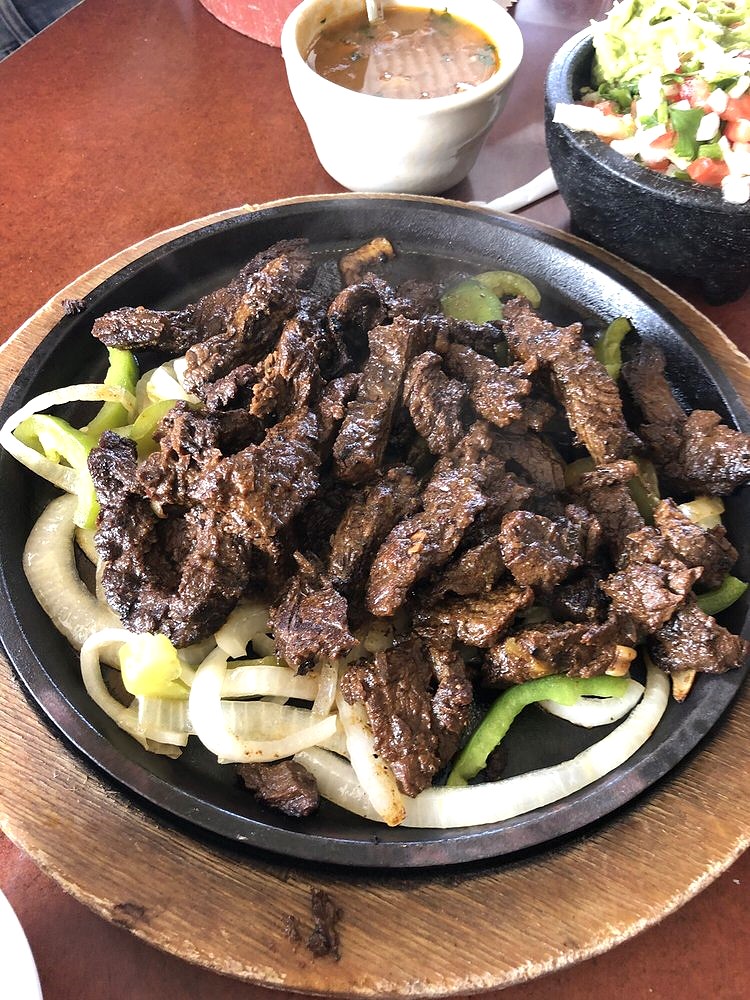
When it comes to delicious Mexican cuisine, few dishes are as beloved as carne asada. Whether it’s enjoyed in tacos, burritos, or served with rice and beans, carne asada is a staple of Mexican cuisine and can be found at almost any Mexican restaurant. But another contender for the spotlight is arrachera, a type of marinated beef that is often compared to carne asada.
While both cuts of beef can be grilled and are typically marinated, there are some key differences in their cut of beef, flavor profiles, and preparation methods.
If you’re wondering about the difference between arrachera and carne asada, you’ve come to the right place!
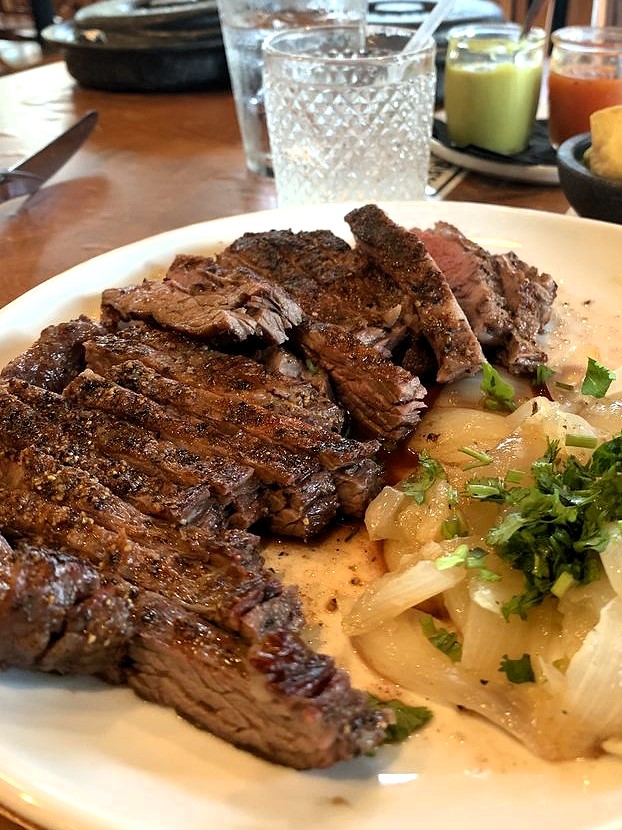
Recipes you’ll love:
Crockpot Pork Carnitas Tacos with Pico de Gallo
Chipotle Copycat Pollo Asado Recipe
What is Arrachera?
Arrachera, often referred to as skirt steak, is a thin cut of beef from the lower chest or diaphragm area of the cow. This cut is known for its beefy flavor, rich texture, and ability to absorb marinades exceptionally well. Arrachera is typically marinated for at least 24 hours in a mixture of lime juice, orange juice, soy sauce, and a variety of spices such as chili powder, garlic cloves, and Mexican oregano. The marinade infuses the meat with a tenderizing effect, and once grilled, the steak takes on a nice char and robust flavor. The muscle fibers in arrachera are slightly looser, with more even thickness, which makes it particularly tender after marinating and grilling.
When grilling arrachera, it’s a good idea to use high heat to achieve a nice sear on the outside while keeping the inside juicy and tender. The outdoor grill is the most traditional method for cooking arrachera, but you can also use a cast iron pan on the stove. Slice it into thin strips and serve it on corn tortillas or flour tortillas, and top it off with pico de gallo, sour cream, and salsa verde for a truly flavorful meal.

What is Carne Asada?
Carne asada is a more general term that refers to grilled beef. The cut of steak commonly used for carne asada includes flank steak, skirt steak, or short ribs. Flank steak is particularly popular due to its affordability and the rich flavor it can impart when cooked correctly. Carne asada is typically marinated as well, often with a combination of lime juice, orange juice, garlic, and olive oil to enhance the beefy flavor and tenderize the meat. The key to achieving a flavorful carne asada is in the carne asada marinade, which can also include ingredients like soy sauce, chili powder, and a touch of black pepper for a bit of spice.
The marinated steak is then cooked on a hot surface, typically an outdoor grill or a cast iron pan over medium heat to ensure that the meat cooks through while developing a nice char on the outside. Carne asada tacos are a great option for serving, with the meat sliced into thin strips and served on corn tortillas or flour tortillas. For added flavor, serve with your favorite toppings such as pico de gallo, sour cream, and a squeeze of lime juice.
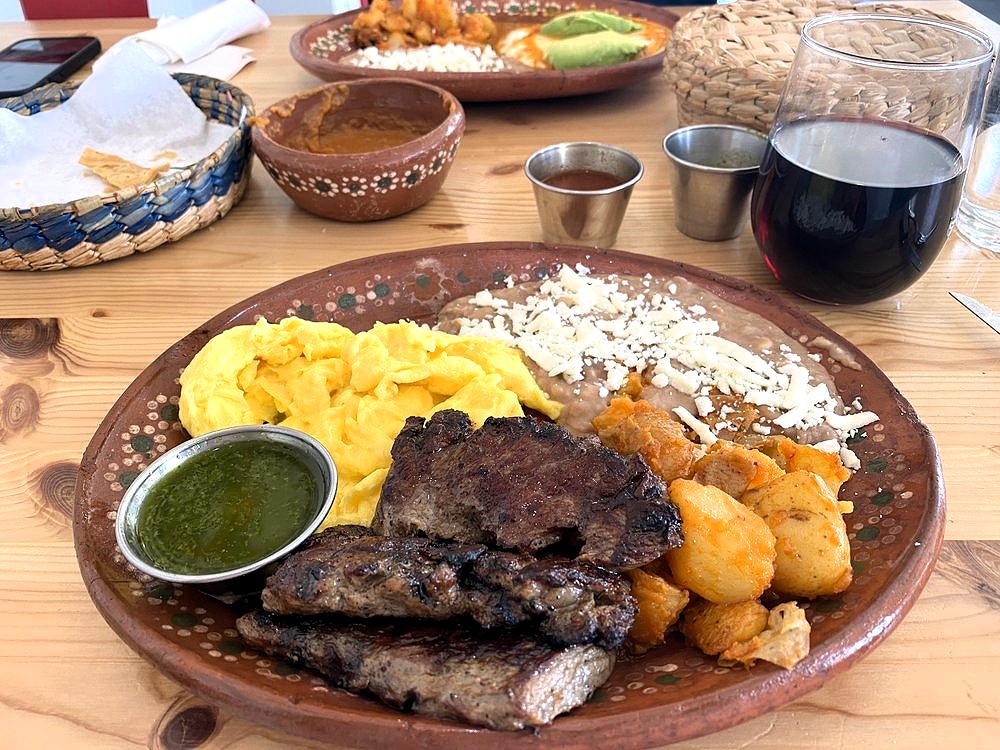
The Key Differences Between Arrachera and Carne Asada
While both arrachera and carne asada are marinated and grilled, the cut of beef is the main distinction. Arrachera uses skirt steak, a thin cut with a very pronounced beefy flavor, while a great carne asada can be made with flank steak, short ribs, or even flank steak pieces, depending on your personal preference.
In terms of cooking, arrachera is often marinated for a longer period (about 24 hours) to really infuse the muscle fibers with the citrus juice and spices, while carne asada can be marinated for a shorter amount of time and often uses a simpler dry rub or 24-hour marinade. Both are best cooked over high heat to develop that signature char, and both cuts are often served in tacos with traditional toppings like lime wedges, green onions, and pico de gallo.
Another key difference lies in the marinade. Arrachera often features orange juice and soy sauce, giving it a slightly sweeter, tangy flavor. Carne asada, on the other hand, typically incorporates a bit of chili powder and Mexican oregano, contributing to its deep, smoky flavors.
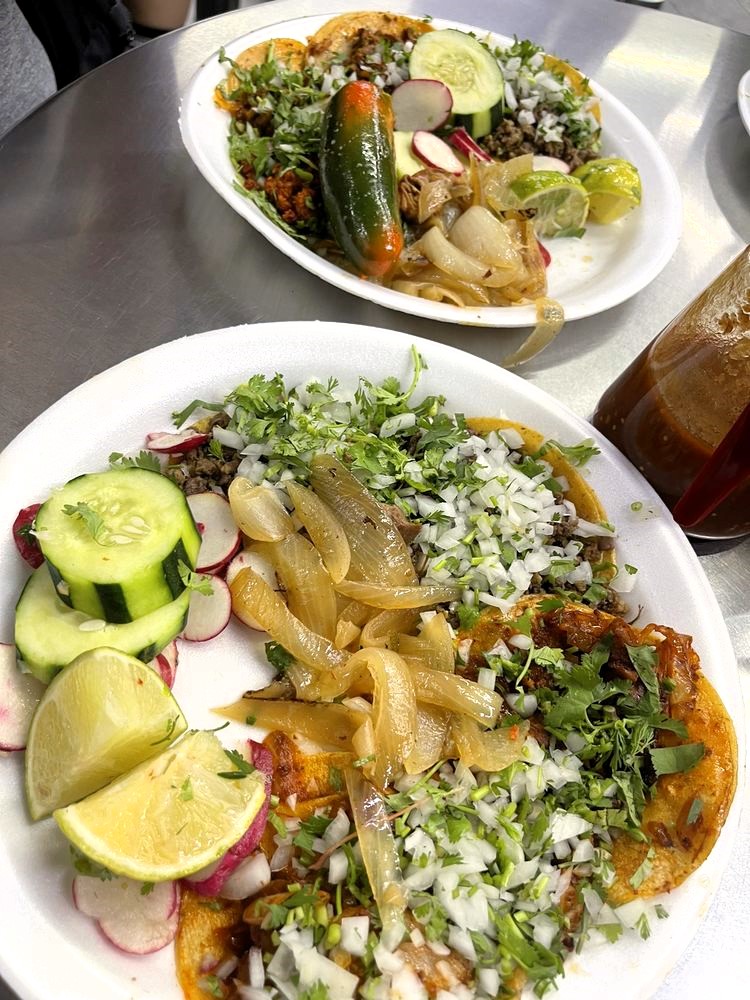
How to Serve Arrachera and Carne Asada
Both arrachera and carne asada are versatile and pair well with a variety of sides and toppings. Serve them in corn tortillas or flour tortillas for tacos, or add a side of Mexican rice and refried beans for a complete meal. For an extra layer of flavor, drizzle some salsa verde over the top, or enjoy a side of egg rolls or baja fish tacos for a real Mexican feast. A squeeze of fresh lime juice is always a good idea to enhance the flavors even more.
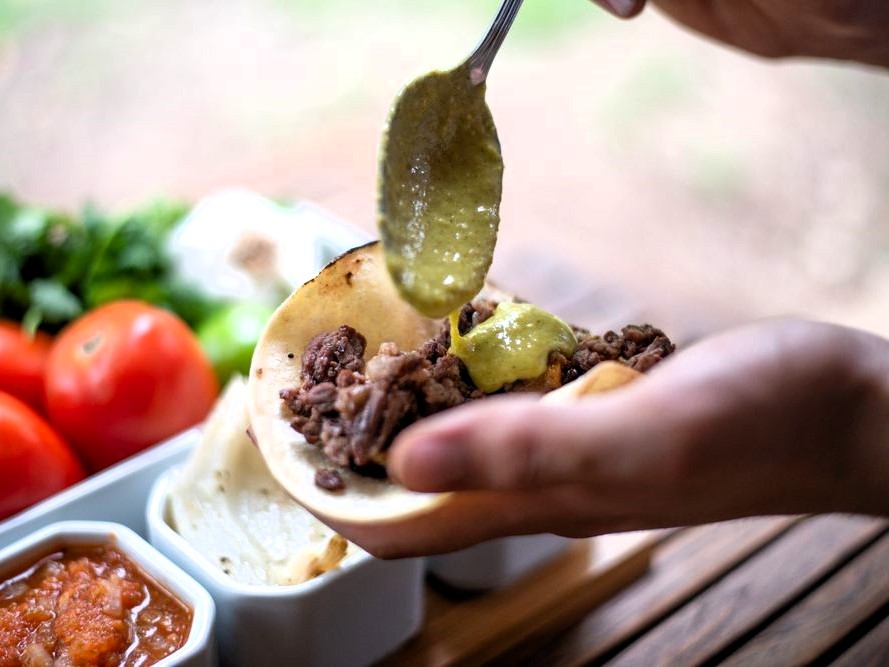
Which is Better: Arrachera or Carne Asada?
Choosing between arrachera and carne asada ultimately comes down to your personal preference. If you prefer a more tender cut with a beefy flavor that absorbs marinades well, arrachera is your best choice. The thin cut of skirt steak provides a great texture for grilling and slicing, making it perfect for Mexican fajitas or carne asada tacos.
If you’re looking for a heartier steak with a bit more bite and rich flavor, carne asada made with flank steak or short ribs may be the way to go. Carne asada offers a bit more flexibility in terms of the cuts of meat you can use and is perfect for serving in large bowls or as a filling for taco Tuesday.
Ultimately, both cuts have their merits, and either one can be the star of the show at your next grill session. Whether you’re preparing arrachera for a family gathering or cooking up some flank steak carne asada on the outdoor charcoal grill, you can’t go wrong with either option.
So, whether you’re cooking arrachera or carne asada, both cuts provide a unique experience, full of bold, vibrant flavors that showcase the best of Mexican cuisine. Buen provecho!














